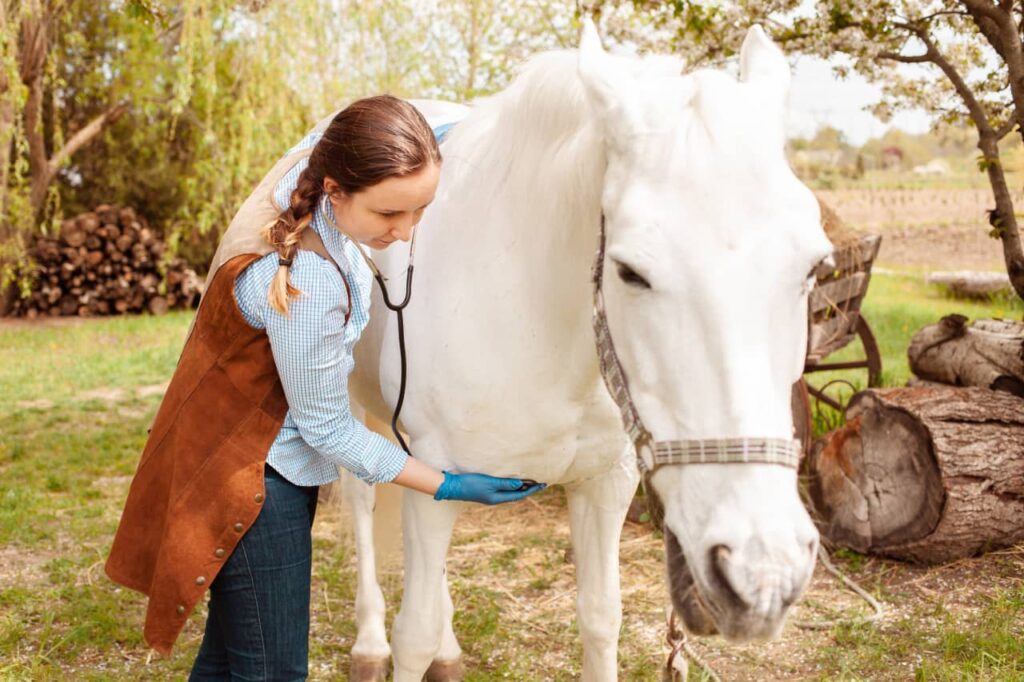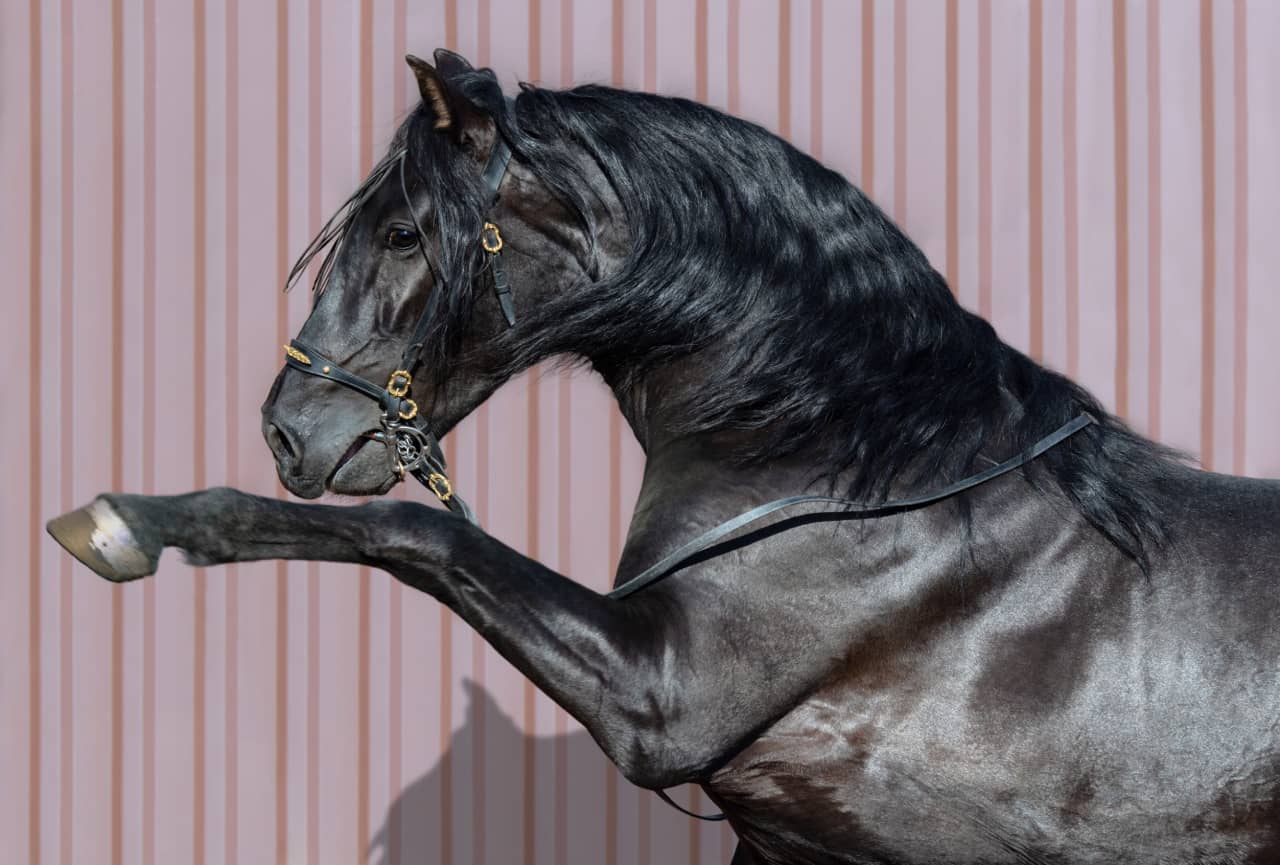Horses are one of the most valuable animals you can own as a beloved pet, for sport, or as a means of labor. Thus, your equine must remain healthy and robust to stay functional, especially if you’re a trainer or owner who’s invested a large sum of money to care for it.
As such, in cases where your horse comes down with diseases such as laminitis and founder associated with its species, it’s critical to be aware of what to do. This will better prepare you to act fast and get your horse the adequate help to heal.
So, what is Laminitis and Founder in horses? Here are six things to know about them:
1. Definition Of Laminitis
Laminitis is a critical inflammatory condition that commonly affects horses, ponies, donkeys, and other equine species. It’s a painful and often debilitating ailment that can have severe health and welfare implications for your horse if left untreated. This condition can affect any of the horses’ feet but mainly occurs in the front feet. It disrupts the blood flow in the laminae or tissue between the hoof wall and coffin bone.
The lack of blood flow threatens the bond between the hoof wall and the coffin bone within the hoof. In mild to moderate cases, laminitis in horses can result in foot soreness as the coffin bone rotates and is pressed lower when the horse adds pressure by putting weight on it. Severe cases can cause detaching of the hoof and coffin bone or the coffin bone breaking through the sole of the horse’s foot.
2. Difference Between Laminitis And Founder
Although laminitis and founder are used interchangeably, they are both related but separate conditions. In the first point, laminitis mainly refers to the symptoms associated with an attack or episodic event in which pain and inflammation are present. This is because laminitis is measured in episodes where the horse experiences the condition and how frequently it occurs.
Meanwhile, the founder is used to denote when the rotation of the coffin bone is acute or chronic. Depending on the scale of damage, your horse may recover for some time before the inflammation activates again. The condition is incurable because it’s progressive, but the symptoms are manageable for as long as possible. The chronic founder is, in most cases, life threatening, and if the pain is too extreme and brings about total lameness, you may have to euthanize your horse.
3. Prevention And Risk Minimization
Although it’s not always possible to prevent laminitis in some horses due to their predisposition to the condition, there are actions you can take to minimize the risk of your horse contracting it. These mostly pertain to managing your horse’s weight and diet. Ensure you limit the amount of sugar, starch, carbs, and lush pastures it consumes during grazing. In addition, don’t overfeed your horse or allow it to gain too much weight because this will impact its insulin regulation.
If you’ve noticed that your horse is already overweight, introduce dietary changes moderately and put it on a vet-approved exercise regimen. Stick to feeding your horse simple grass and hay as it attempts to lose weight. Besides proper hoof care, this can go a long way to keeping your equine healthy and fit and decreasing the possibility of contracting laminitis and founder.
4. Signs And Symptoms

Detecting the early warning signs and developing symptoms of laminitis and founder can be tricky. Many of the signs may be subtle and caused by other underlying factors that may not be related to the condition. Likewise, some horses may only show symptoms when the illness has progressed to the point where treatment might not be effective.
Thus, reputable veterinarians recommend that you watch your horse closely to notice specific changes in behavior and body language. These can be changes in body posture, stance, degree of foot lifting, and foot resting position. Other indicators to look out for are when your horse leans back to alleviate the weight on its front legs, takes shorter strides, is hesitant to walk, and even lameness.
For a more proactive and hands-on approach, you can check your horse’s digital pulse at the bottom of its front leg. A raised heart rate while the horse is resting could signal the stress of having an injury or pain. You can also lift the horse’s leg to inspect for any unusual growths like abnormal rings on its hoof.
5. Causes
Two main causes of both laminitis and founder in horses are equine metabolic syndrome and equine Cushing’s disease. These are endocrine disorders that affect the pituitary gland of the horses, where the body cannot regulate insulin properly. Other factors that can cause laminitis include the following:
- Overeating that causes obesity
- High blood pressure caused by bowel infections
- Foot injuries that result in compensating for the weight-bearing of another foot
- Eating cereals that contain excessive carbohydrates
- Reaction to certain medicines and antibiotics
- Poor maintenance of feet during trimmings and shoeing
- Horses working on hard ground
- Stress
- High fever
- Old age
- Excessive eating of rich foliage
Note that these are common factors that cause laminitis and should be referred to as a guideline. Every horse is unique and has different resistance levels and susceptibility related to its species, genetics, and environment.
6. Treatments Available
If you suspect that your horse may have come down with laminitis, you must take it to a vet as soon as you can. Like other medical emergencies, timing is critical to ensure the success of the treatments and recovery.
Your horse will likely receive anti-inflammatory medication to alleviate pain. Depending on the severity, the horse will undergo therapies that can help restore blood supply and circulation to the feet and support the hoof using specialized boots that promote cellular repair.
The next stage of treatment and recovery would be to identify and treat the primary reason that could have triggered laminitis. This could entail draining an abscess, administering antibiotics for an infection, lowering the high blood pressure and insulin levels, and putting the horse on a diet if it’s overweight. The vet might also give you a long-term recovery plan to continue your horse’s healing and keep it healthy for longer.
Conclusion
Laminitis and founder are painful conditions that affect the hoof and coffin bone of a horse’s feet. It’s a progressive ailment that gradually increases in frequency after the initial episode, which will then be known as founders once it becomes chronic. Many factors can cause laminitis, with the most common being genetically predisposed to endocrine disorders and a diet rich in carbohydrates and sugars.
Hence, prevention and lowering the risk of contracting these illnesses entail managing your horse’s weight, monitoring its health, and preventing foot injuries and infections. The outcome of your horse’s recovery can depend on how quickly it can receive veterinary attention and the severity of the disease.



